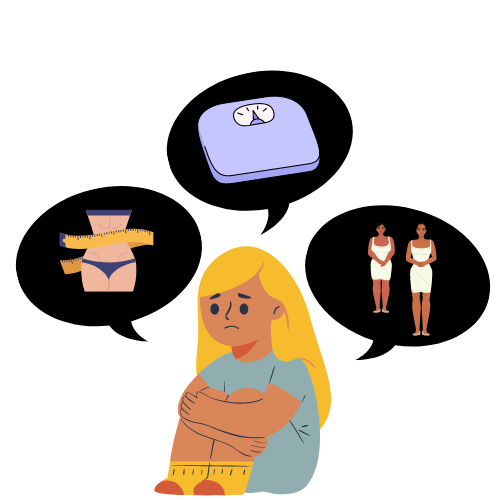While a college education can be a valuable tool, it is concerning to society when college graduates are sometimes hundreds of thousands of dollars in debt from increasingly expensive costs associated with getting an education, and unable to find a job in their field of study.
Sometimes, the degree that they pursued just isn’t enough, so the graduates spend even more money and go further into debt getting a graduate degree or some other form of post-graduate training after graduation.
Perhaps the students most affected by these rising tuition prices are the middle-class, non-minority students. It is like finding a needle in a haystack when it comes to finding an educational scholarship that isn’t geared for low-income or minority (like African-American, Hispanic, or Native American) students. While most students at this school that are planning on attending college are not living on the poverty line, we still need the assistance in paying for our education.
One of the most shocking effects of educational debt is seen in a recent news story. Brian McBride, a 25 year old Arizona State University graduate, was featured for actually managing to pay off his student debt by the time he was 25, which should inspire some students. However, the means by which he paid his debts were fairly extreme.
McBride goes into detail in a Yahoo! Finance article about how he cooked meats and ate fruits past their expiration date and drank sour milk, skipped meals, lived on the bare basics and “often went to bed hungry, left the heater and air conditioner off during the winter and summer months until [his] 115-pound body couldn’t take it anymore.”
Call me crazy, but I prefer fruit that doesn’t have mold growing on it.
It’s not just tuition that’s rising to ridiculous prices. According to the Bureau of Labor Statistics’ consumer price index data, the price of educational textbooks has risen a shocking 812% since 1978 (even despite the increasing number of students purchasing used textbooks), compared to a 575% increase in medical increases, a 325% increase on new home prices, and a 250% increase on the consumer price index. Even more frustrating, many college students will find out that some of the books that they spend up to hundreds, maybe even thousands, of dollars on end up not being used for the class.
The average cost of attending college, according to the National Center for Education Statistics, was $18,133 in 2010, with public institutions (including community colleges) averaging $13,297 and private universities averaging a whopping $31,395. The average cost of attending a US college has risen steadily, with the average cost of college averaging about $7,759 in 1980, $10,620 in 1990, and $13,842 in 2000.
According to the Bureau of Labor Statistics, the primary reason for this hike in tuition is the fact that colleges have been hiring an increasing an increasing number of staff members, particularly in the administrative departments.
The million-dollar question in this issue is this: How exactly are universities supposed to provide more scholarships for their students, reduce tuition, while still providing students with a quality education? I honestly do not know the answer.
Maybe ridiculously expensive educational expenses is just something that my generation will have to deal with. Maybe this is just a fact of life. Maybe we all just have to deal with the fact that we are going to be paying off educational debt for the majority of our lives.
I honestly hope not, though.








